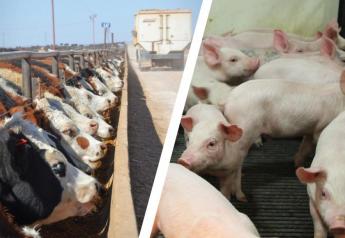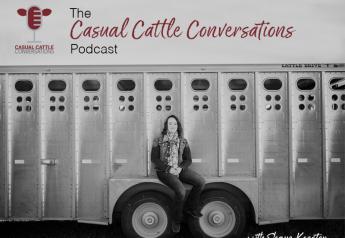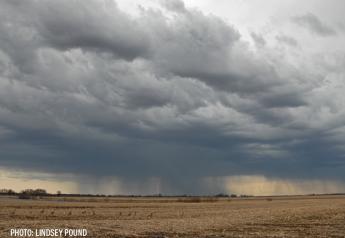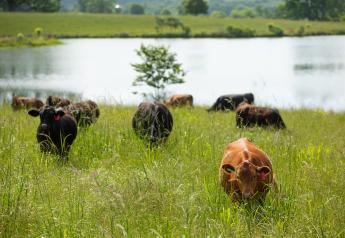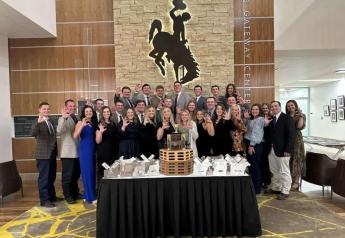Safety Considerations for Hay Baling Season
As we progress into summer, hay baling moves to the forefront of things to be done on the farm. Hay baling season can come with its own set of hazards that can cause injuries. These include equipment hazards, working in hot temperatures, lifting injuries, and even the stress of getting hay down, dried and baled in a narrow window to beat the weather. Some guidelines to use to prevent injuries this hay baling season include:
• Review the owner’s manual and warning labels of the equipment prior to operation.
• Make sure that all guards and shields are in place for the tractor and hay harvesting equipment.
• Ensure that safety locks are in place when working on the baler while the bale chamber is open.
• Make sure twine is properly threaded and the knotter system and twine arm are in good working condition. Do not feed twine by hand into the baler.
• Equip the tractor with a 10-pound dry chemical (ABC) fire extinguisher.
• When operating the baler, do not leave the tractor seat until the power take-off (PTO) is disengaged and the flywheel or other moving parts have completely stopped.
• Stay clear of power take-off, pick up area, auger or feeder forks while a baler is in operation.
• Maintain proper settings and speed. Travel at a speed that allows the baler to handle the size of the windrow.
• NEVER try to unplug the baler until the power take-off is disengaged and the tractor’s engine is shut off.
• Make sure wagons are securely hitched to the drawbar by using a safety pin and a safety chain.
• When baling on uneven or hilly terrain, travel slowly and avoid holes, drop-offs and ejecting bales that may roll down a slope.
• Avoid sudden movements when operating the tractor. Workers can be thrown or fall off the wagon platform and be run over by the machine.
• Make sure workers do not ride on top of the wagon stack.
• Keep the bale close to the ground when moving bales with a front-end loader.
• When hauling bales with a wagon or trailer, use a tractor or truck large enough to handle or stop the weight of the load.
• When transporting bales on a public roadway, properly secure the bales on the wagon or trailer by using straps.
• Tractors, harvesting equipment and all wagons should be equipped with a slow-moving vehicle (SMV) emblem.
• When assisting with hitching wagons, keep visual contact and communicate with the operator at all times. Leave yourself an escape route.
• Chock the wheels on wagons that could move or roll.
• Be aware of the stack condition, bales falling off the stack can strike a worker and result in a serious injury.
• Be aware of workers throwing the bales. Bales can bounce or roll striking another worker.
• Use proper lifting techniques when lifting, carrying, or stacking bales.
• When working in hot temperatures and haymows with no air movement, take several breaks and stay hydrated with water.
For more information about the OSU Ag Safety visit http://www.agsafety.osu.edu or contact Kent McGuire, OSU Agricultural Safety & Health, at mcguire.225@osu.edu or 614-292-0588.


